(Prices correct as of today’s date, are updated daily, are subject to change and represent genuine availability at time of update).
Cruise only holidays are financially protected by ABTA. Fly cruise holidays are financially protected by Princess Cruises under ATOL number 6294
Please click here to check the essential travel requirements before booking this cruise.
Want to add a hotel stay or change your flights?
Just call our team of cruise specialists to help build your dream cruise holiday today!
Spread the cost of your holiday! Interest Free Monthly payments are based on a deposit of 15%, and 2 monthly installments in accordance with our balance due date.
Prices based on 2 people sharing. Cruise only price does not include flights. Fly-cruise price may vary by chosen UK airport.
Itinerary
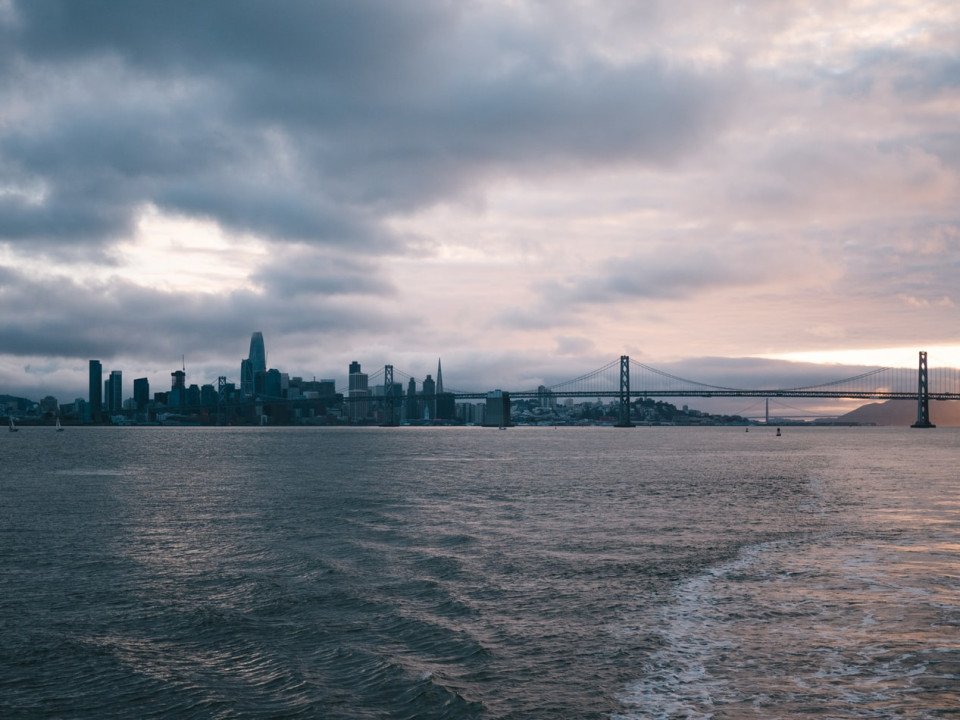
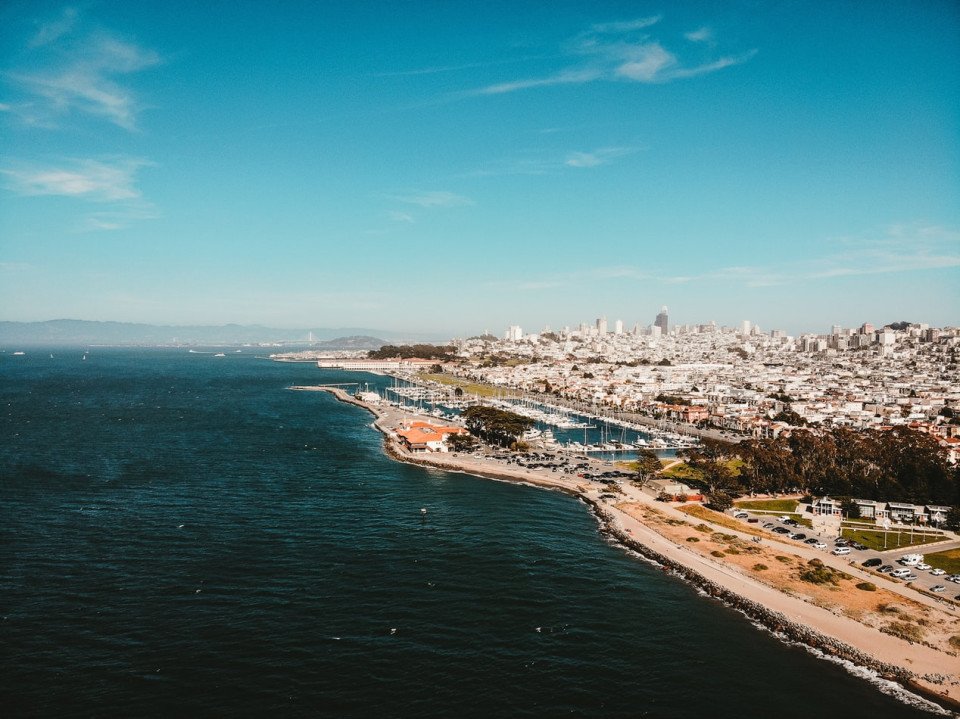
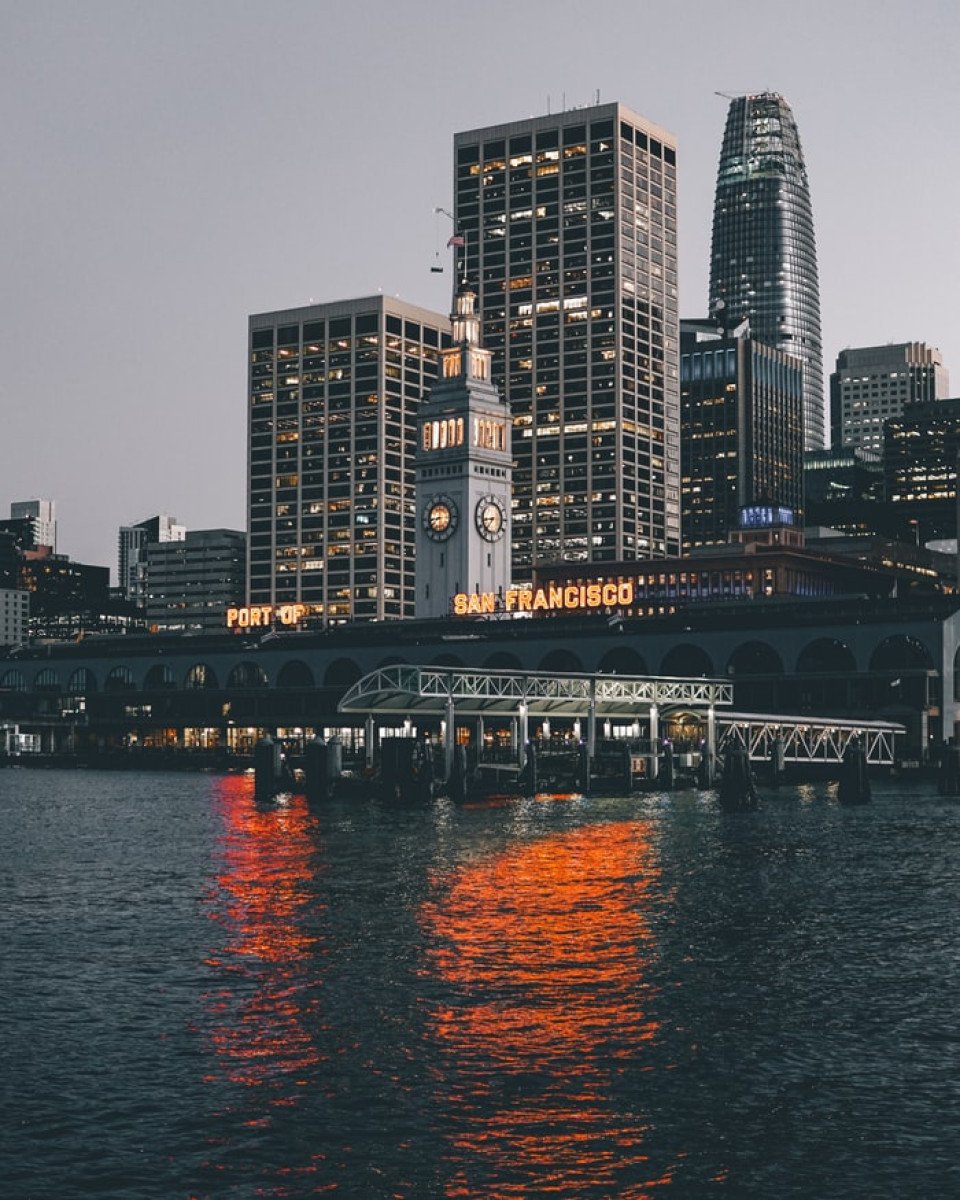
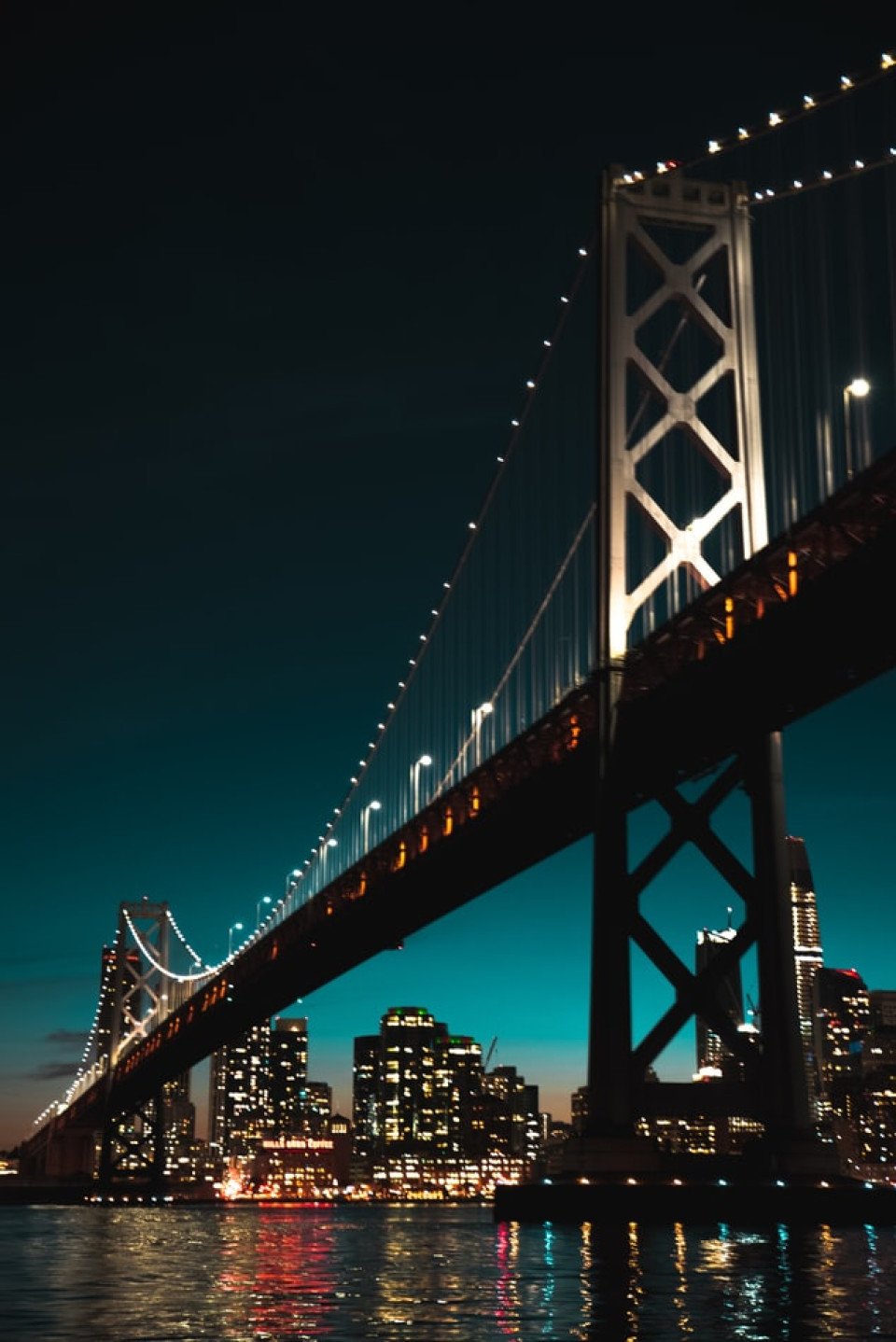
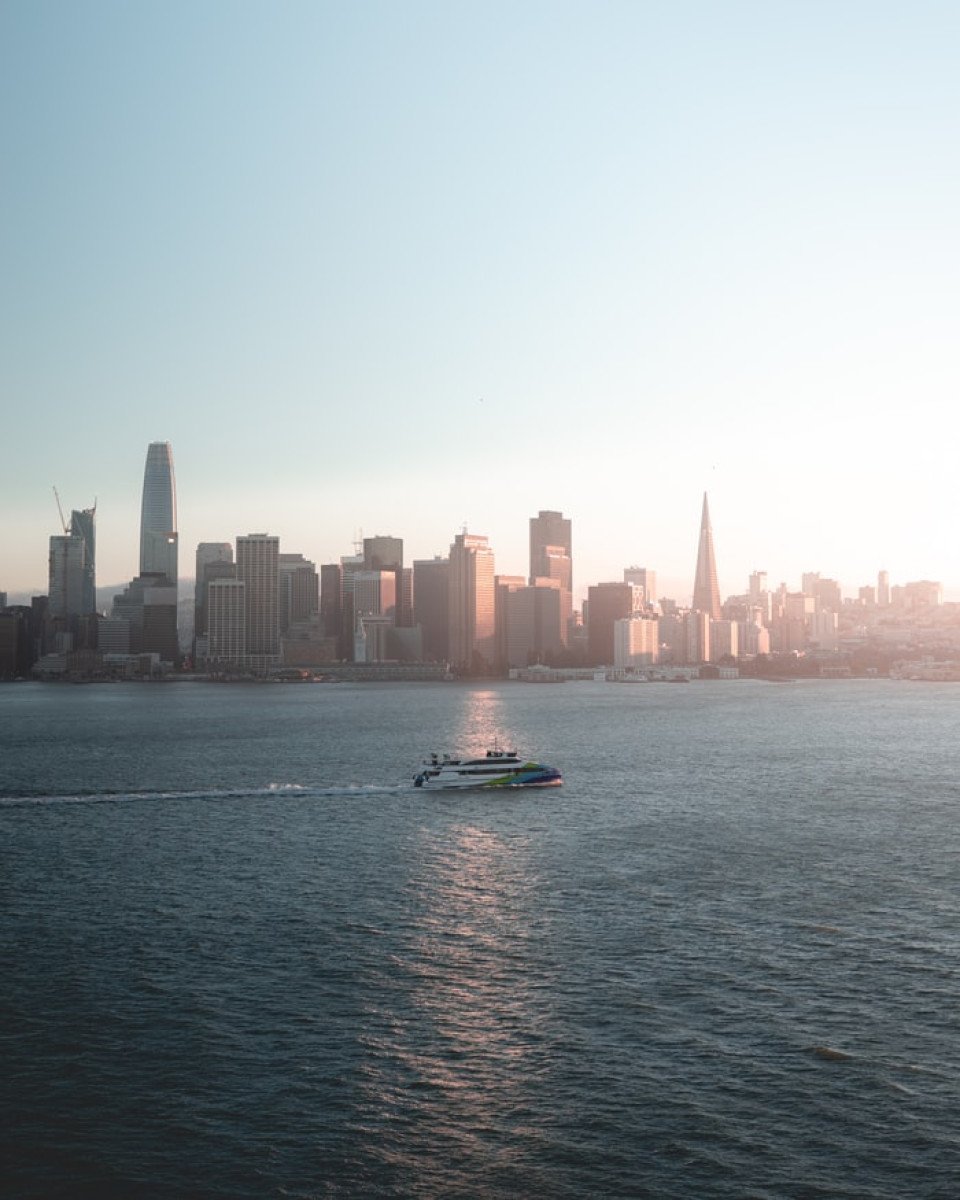
San Francisco, California
With its myriad hills and spectacular bay, San Francisco beguiles with natural beauty, vibrant neighborhoods, and contagious energy. From the hipster Mission District to the sassy Castro, from bustling Union Square to enduring Chinatown, this dynamic town thrives on variety. The city makes ... Read More
San Francisco, California
At Sea
At Sea
Ketchikan, Alaska
Juneau, Alaska
Haines, Alaska
Endicott Arm And Dawes Glacier
At Sea
Victoria, British Columbia
At Sea
At Sea
San Francisco, California
What's Included with
Princess Cruises
Delve into cuisines from across the globe with various dining options when you hop on-board a Princess Cruises ship. Enjoy exclusive cocktail receptions, deck parties, themed nights and entertainment throughout the day and into the evening. When you choose Princess Cruises for your next adventure you can enjoy peace of mind that you have everything you need when gliding the waves. Discover everything that a Princess Cruises sailing has to offer when you opt for an all-inclusive cruise holiday.
Accommodation
Entertainment throughout the day and evening
Use of swimming pools, hot tubs, fitness centre and leisure facilities where available
Return flights included from a choice of UK airports (fly cruise bookings only)
Room service from 6am to 11pm
Port taxes
Youth programmes for babies to 17-year-olds
Adult only areas
Exclusive cocktail receptions and deck parties on-board
Sailaway parties, themed nights and deck parties
Lemonade, water and iced tea available in selected venues
Shuttle service to and from ports and airport where available
Explore Ruby Princess







Sabatini's
This Italian restaurant is a refined yet casual dining establishment rich in atmosphere, showcasing an Italian and Mediterranean menu with a heavy emphasis on premium seafood. Sabatini's is open for dinner from 6pm until 11pm.
Edutainment
Princess Cruises believe learning is fun. Through their exclusive partnership with the California Science Centre, their Youth Staff are trained to deliver exciting interactive science activities for kids ages 3-12. Whale watching, roller-coaster building, chemistry experiments, and squid dissection are just some of the activities that may be offered.
Also on offer is the Pete’s Pals Programme as a way for Princess kids to learn more about threatened and endangered species in the areas in which Princess sails. Children participating in this programme will receive a limited-edition plush animal to take home as a souvenir.


















Princess Theatre
Broadway-Style Productions at Sea
With dazzling stage sets, artists from around the globe, modern hits and timeless classics, the Princess Theatre, our largest theatre yet, showcases lavish, original productions with dynamic cast members in sumptuous surroundings. In this ultramodern theatre, relax in a plush seat with unobstructed sight lines as the velvet curtain goes up, a state-of-the-art lighting system illuminates the stage, and it’s on with the show!




Freshwater Pools and Hot Tubs
Soak in a World of Relaxation
Take a dip in our sparkling freshwater pools and leave your everyday world behind. Unwind on a padded lounger and soak up the sun, catch up on reading, listen to music or dream of your next adventure on board or ashore. And what better way to relax and revitalise after a day exploring the world than a long soak in one of our whirling hot tubs. And don’t forget, there is always a server nearby to bring you a refreshing cocktail or favourite beverage.

Just for Kids 3-7 The Treehouse
Even the littlest guests will delight in this whimsical, forest-themed world that inspires playtime and invites exploration. Kids, ages 3 to 7, can dance, enjoy pyjama movie nights, create art projects like Animal Planet™ puppets and masks or compete in a Lego® boat-building contest.
Deck 18 -19 - Star / Sky

- Platinum Studio
- Princess Links
- Centre Court
- Skywalkers Nightclub
- Movies Under The Stars Seating
Deck 17 - Sports

- Chill Out
- Sun Terrace
- Teen Lounge
- The Sanctuary
- Youth Centre
Deck 16 - Sun

- Adagio
- Aerobics
- Beauty Salon
- Conference Room
- Fitness Centre
- Lotus Spa
- Massage
- Movies Under The Stars
- Sauna
- Steam Room
- Tradewinds
- Wedding Chapel
Deck 15 - Lido

- Calypso Bar
- Calypso Reef & Pool
- Coffee & Cones
- Horizon Court
- Horizon Terrace
- Hot Tubs
- Lotus Spa
- Neptune's Reef & Pool
- Outrigger Bar
- Slice
- Café Caribe
- THE MIX
- The Salty Dog Grill
- Thermal Suite
- Interior Staterooms
- Oceanview Staterooms
- Balcony Staterooms
- Suites
Deck 14 - Riviera

- Terrace Pool
- Interior Staterooms
- Balcony Staterooms
- Suites
Deck 12 - Aloha

- Interior Staterooms
- Balcony Staterooms
- Suites
Deck 11 - Baja

- Interior Staterooms
- Balcony Staterooms
Deck 10 - Caribe

- Interior Staterooms
- Balcony Staterooms
- Suites
Deck 9 - Dolphin

- Interior Staterooms
- Balcony Staterooms
- Suites
- Mini-Suites
Deck 8 - Emerald

- Interior Staterooms
- Balcony Staterooms
- Suites
- Mini-Suites
- Oceanview Staterooms
Deck 7 - Promenade

- Club Fusion
- Crooners Lounge & Bar
- Crown Grill
- Dance Floor
- Explorers Lounge
- Library
- Photo Gallery
- Princess Theatre
- Promenade Galleria
- Shore Excursions
- The Shops of Princess
- Wheelhouse Bar
Deck 6 - Fiesta

- Captain's Circle
- Casino Bar
- Conference Centre
- Da Vinci Dining Room
- Gatsby's Casino
- Passenger Services
- Princess Theatre
- Speakeasy Cigar Lounge
- The Shops of Princess
- Botticelli Dining Room
Deck 5 -Plaza

- Escapes Travel Café
- Future Cruise Sales
- International Café
- Internet Café
- Michelangelo Dining Room
- Princess Fine Arts Gallery
- The Piazza
- Vines Bar
- Interior Staterooms
- Oceanview Staterooms
Deck 4 - Gala

- Medical Centre
Ruby Princess Cabins & Suites

Interior

Oceanview


Balcony





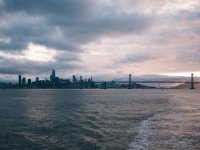
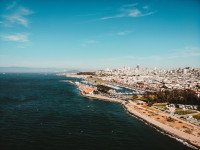
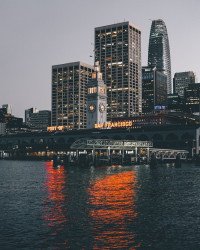
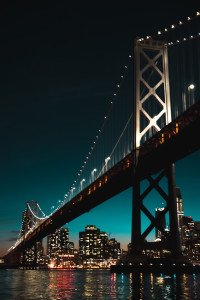
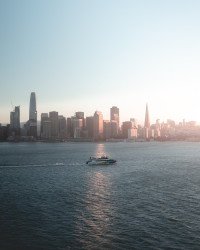
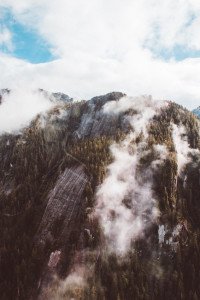
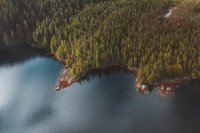
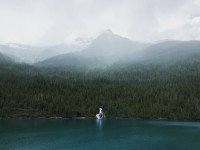
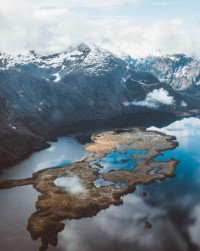
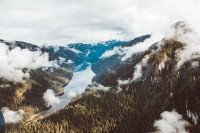
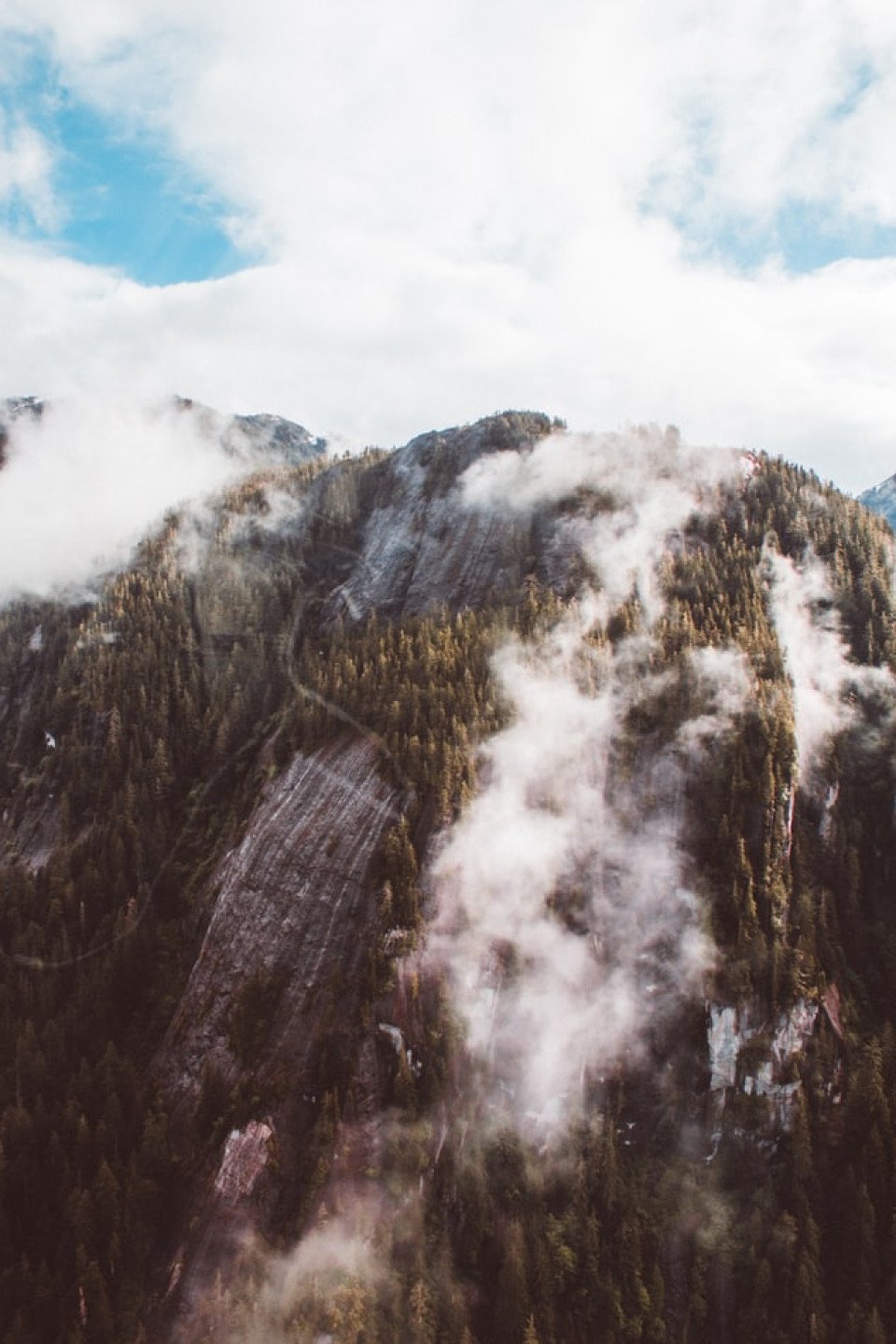
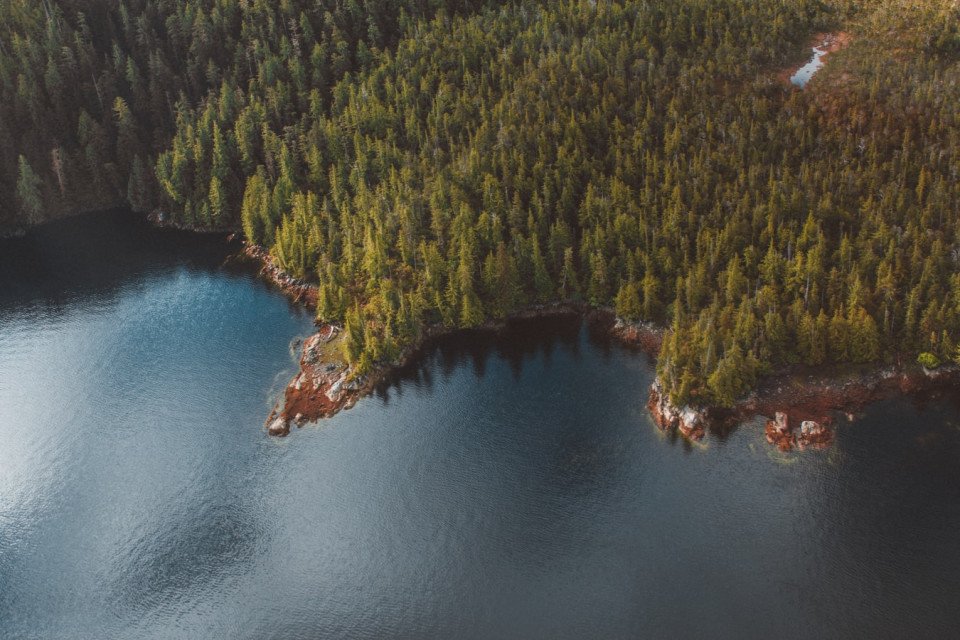
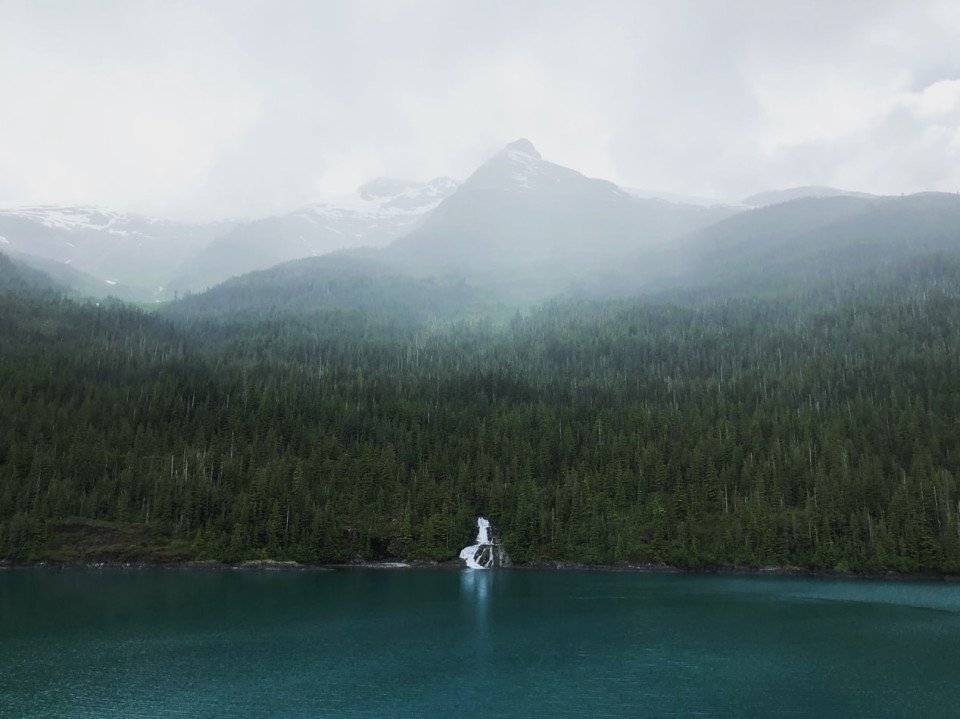
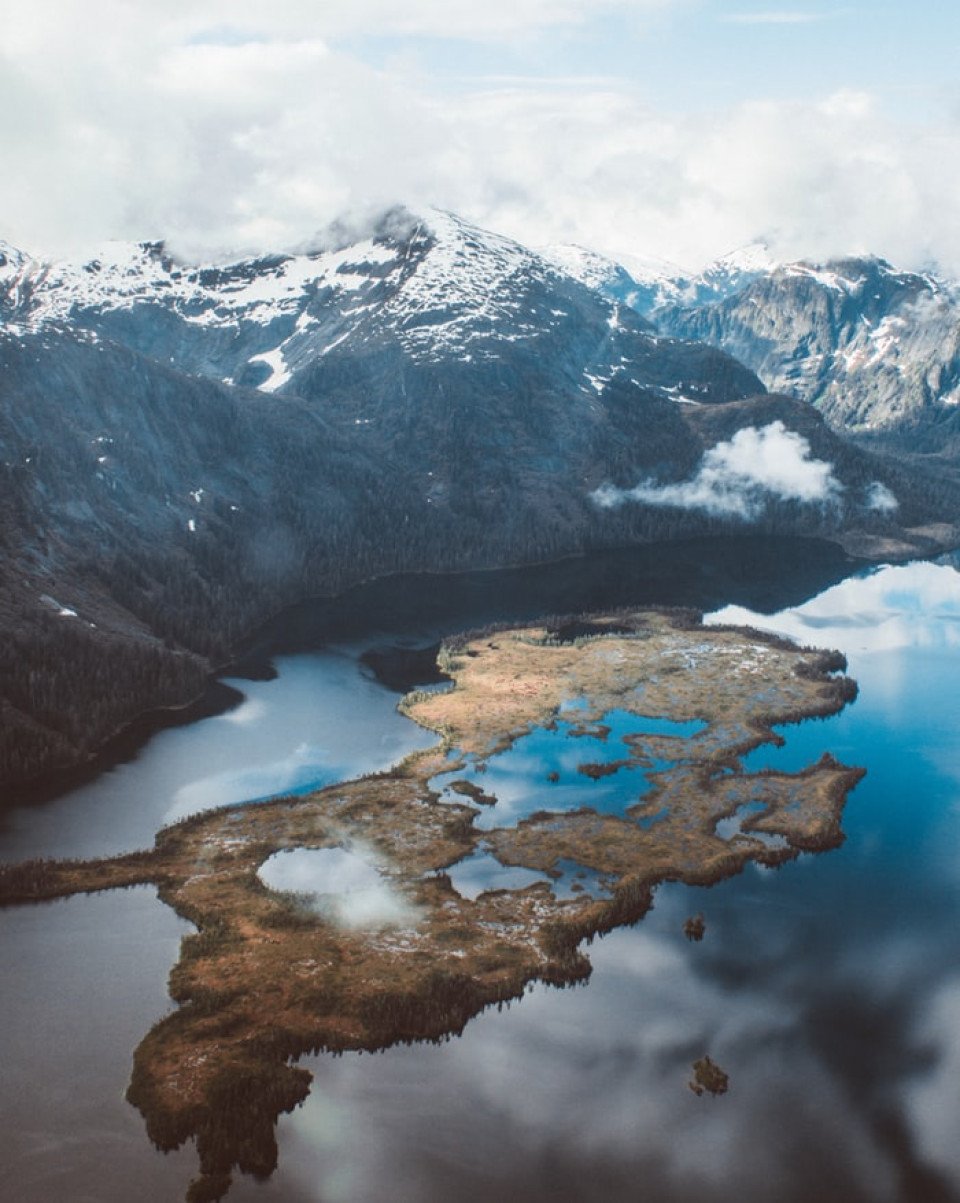
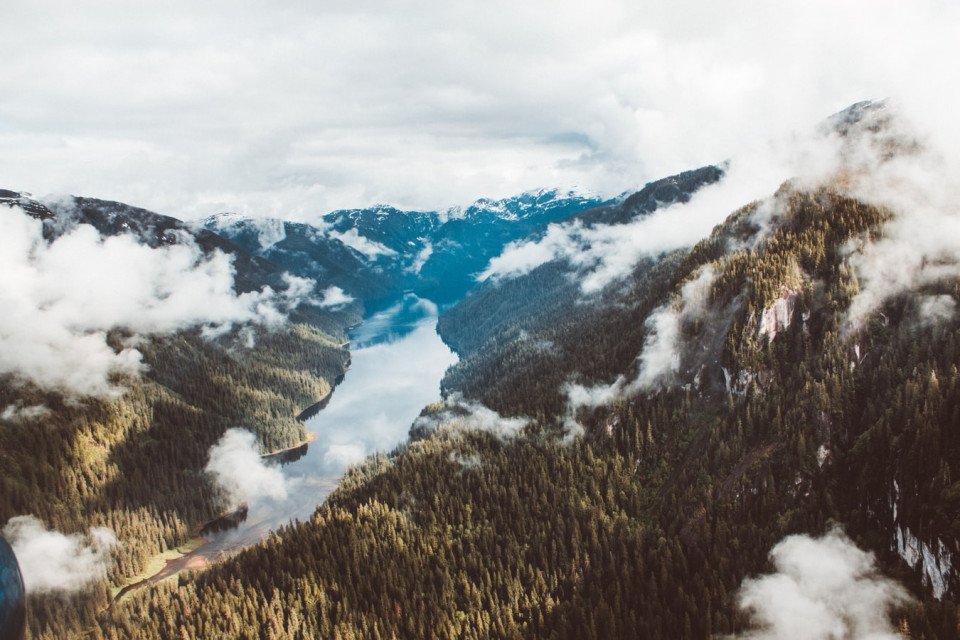










-large_thumb.jpg)






